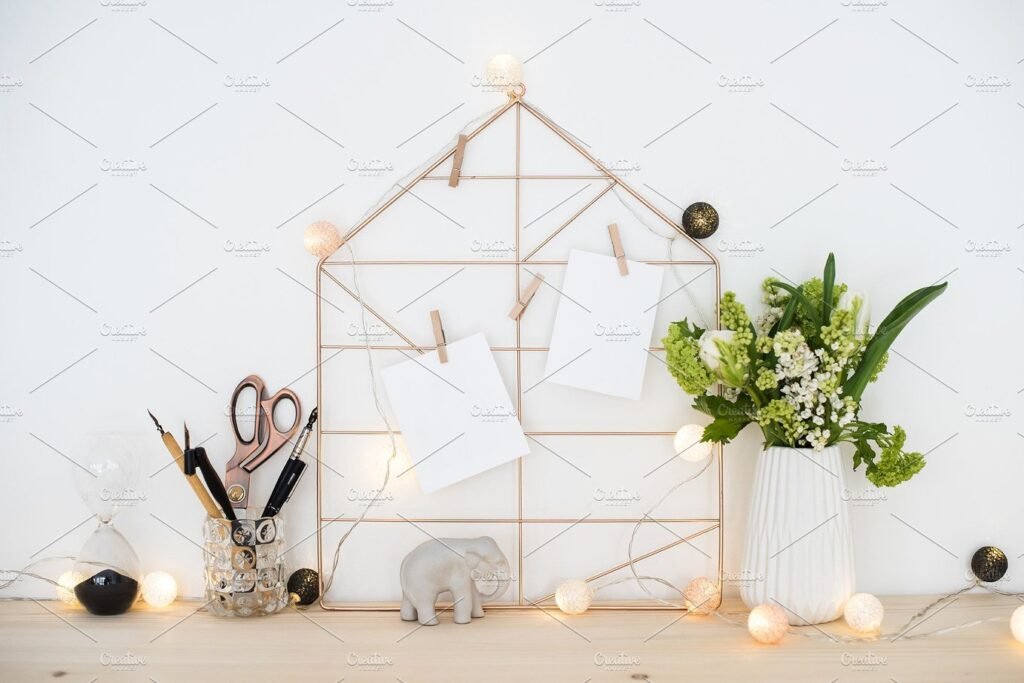A Look Inside The Work Abode
Let me take you on a little tour. Not through a fancy office or a big glass building downtown. Nope. I want to show you my work abode. My home base. The place where ideas come to life, emails get answered, and coffee gets reheated at least three times a day.
I didn’t always work like this. I used to commute, like most people. Suit up, drive out, clock in, and do the thing. But now, things are different. I work from home. It’s not always perfect, but it works. And today, I’ll break it down for you. What works, what doesn’t, what helps, and what gets in the way. Whether you’re already working from home or just curious, I hope you find something here that clicks.
The Setup: More Than Just a Desk
Let’s start with the basics—where I sit.
I’ve tried it all. Couch. Bed. Kitchen counter. But nothing beats a real desk with a decent chair. And no, it doesn’t have to be expensive. My first setup was an old table from the garage and a chair that squeaked every time I moved. Still got work done.
Now, I’ve upgraded. I use a standing desk so I’m not sitting all day, and a chair that supports my back. Add in a monitor, a keyboard, a wireless mouse, and boom—that’s my little cockpit.
I keep my space clean. Cluttered desk = cluttered mind. I’ve got a small lamp, some sticky notes, and a plant I haven’t killed yet. That’s it. The more stuff I add, the more distracted I get. Simple works best.
The Tech That Keeps It All Going
Wi-Fi is the lifeline. I learned that the hard way after a few frozen Zoom calls. So I made sure to get a strong connection and a backup plan (hello, mobile hotspot). If your internet drops during a meeting, it’s no fun for anyone.
Then there’s the laptop. It doesn’t have to be the latest and greatest, but it should run fast and not overheat after ten minutes. I use noise-canceling headphones for calls—they block out barking dogs, lawn mowers, and whatever else decides to be loud.
I also use a few tools that make life easier:
- Google Calendar to keep track of meetings.
- Slack to chat with my team.
- Notion for notes and planning.
- Trello to manage tasks.
- Zoom for video calls, obviously.
Each tool has a job. I don’t overload myself with apps. Too many tools can actually slow you down. It’s like trying to cook dinner with 20 different knives. Pick a few and use them well.
A Day in the Work Abode
Here’s how a typical workday goes:
7:30 AM – Wake Up
I try not to hit snooze. get up, make coffee, stretch a bit, and check my phone. I don’t dive into emails right away. That’s a trap. I need a moment to wake up before I face the inbox monster.
8:00 AM – Get Ready
Even though I work from home, I still get dressed. Not a full-on suit or anything. Just clean clothes that make me feel human. It tricks my brain into “work mode.” Pajamas are for sleep, not spreadsheets.
8:30 AM – Start Work
I open up my laptop and check my calendar. plan out my tasks for the day, set some small goals, and get started. I try to do the hard stuff first. That way, if the rest of the day goes sideways, at least I got the big stuff done.
10:30 AM – Short Break
I stretch, refill my coffee, maybe step outside for some fresh air. Moving around helps me reset. If I sit too long, my brain turns to mush.
12:00 PM – Lunch
Lunch break is sacred. I step away from my desk, make something to eat, and don’t look at screens. It’s my time to recharge.
1:00 PM – Back At It
Afternoons are for meetings, writing, planning, or whatever else is on the list. If I’m in the zone, I keep going. If not, I switch things up. I might change rooms or stand for a bit. A small shift helps a lot.
4:30 PM – Wind Down
I check off tasks, wrap up conversations, and prep for tomorrow. This little habit saves me so much stress in the morning.
5:00 PM – Done
I shut the laptop and step away. This part is important. Work should have a clear end. Otherwise, it just bleeds into the rest of your life.
Staying Focused: The Struggle is Real
Let’s be real. Working from home has distractions. A lot of them.
There’s laundry to do. Dishes. That one lightbulb you’ve been meaning to change. And don’t get me started on YouTube or scrolling TikTok for “just a minute.”
What helps me? Boundaries. I treat work hours like office hours. That means no chores, no TV, and no long chats unless it’s a break. I also use a timer. I work for 25 minutes, then take a 5-minute break. It’s called the Pomodoro method, and it really works for staying focused.
I also set goals. Not big ones—just simple, clear goals for each day. Stuff like “Write two blog posts” or “Clear inbox to zero.” That way, I always know what I’m aiming for.
The Mental Game: Keeping It Together
Working from home can feel… quiet. Sometimes too quiet.
There’s no office chatter. No bumping into people at the coffee machine. And while that can be great for focus, it can also get lonely.
I make it a point to talk to someone every day. A quick call, a team meeting, even a voice note. Staying connected helps. I also keep a journal where I jot down things I’m proud of. Wins, even small ones. It reminds me that I’m moving forward.
Oh—and I take days off. Real ones. Where I don’t check email or peek at Slack. We all need rest, especially when work and home are the same place.
Creating Work-Life Balance (For Real)
Here’s the tricky part: when your work is in your home, it’s easy for it to take over.
That’s why I have rules.
I don’t work from bed. try not to work at night. I have a start time and a stop time. And also set up a corner that’s just for work. When I sit there, I’m in work mode. When I leave, I’m done.
It’s not perfect, but it helps my brain switch gears. And when I’m “off,” I really try to be off. Go outside. Read. Cook something. Talk to people. Do things that remind me I’m more than just my job.
What I Love About the Work Abode
Let me tell you the good stuff. There’s a lot of it.
- I don’t sit in traffic.
- I save money on gas and lunches.
- I can wear whatever I want.
- I can play music out loud.
- I can make my space fit me.
I can take care of myself during the day. Stretch. Rest. Eat better. I’m more in tune with my energy. I know when I’m sharp and when I’m tired. That helps me work smarter, not longer.
I also feel more creative. There’s room to think, to try new things, to set my own pace. That’s hard to do when you’re stuck in a noisy office.
The Hard Parts (Because It’s Not All Perfect)
Now, don’t get me wrong—it’s not all sunshine and coffee breaks.
Sometimes I miss the buzz of an office. I miss the team lunches and random jokes. I miss having a boss nearby to bounce ideas off.
It can also be hard to stop working. The lines get blurry. You might find yourself sending emails at 10 PM or checking Slack in bed. That’s not healthy.
And sometimes, it just gets boring. Same desk, same view, same everything.
But here’s the thing: most of these problems have solutions. You can find ways to stay social. You’r can set limits. You can mix things up. Like taking your laptop to a coffee shop once a week or changing your routine when it feels stale.
My Top Tips for Working From Home
Alright—if you’re skimming and just want the takeaway, here it is:
- Get a real desk setup. Your back will thank you.
- Stick to a routine. Start and end at the same time every day.
- Dress like you’re working. Even if no one sees you.
- Take breaks. Often. Move your body, rest your brain.
- Talk to people. Don’t let the silence swallow you.
- Use good tools. But don’t drown in them.
- Stay organized. Write down goals. Keep track of progress.
- Make your space yours. A cozy corner can do wonders.
- Protect your off-time. Work will wait. Life won’t.
- Be kind to yourself. Some days will be tough. That’s okay.
Final Thoughts: It’s Not Just a Place—It’s a Lifestyle
The work abode is more than just a desk in your living room. It’s a whole new way to work. It gives you freedom, but it also asks for discipline. It gives you comfort, but it needs structure too.
I’m still figuring things out. Some weeks feel amazing. Others? Not so much. But every day, I learn something new about how I work best. And that’s something I never got from a cubicle.
If you’re on this journey too, I hope this helped. If you’re thinking about it, give it a try. Your work abode doesn’t have to be perfect. It just has to work for you.




